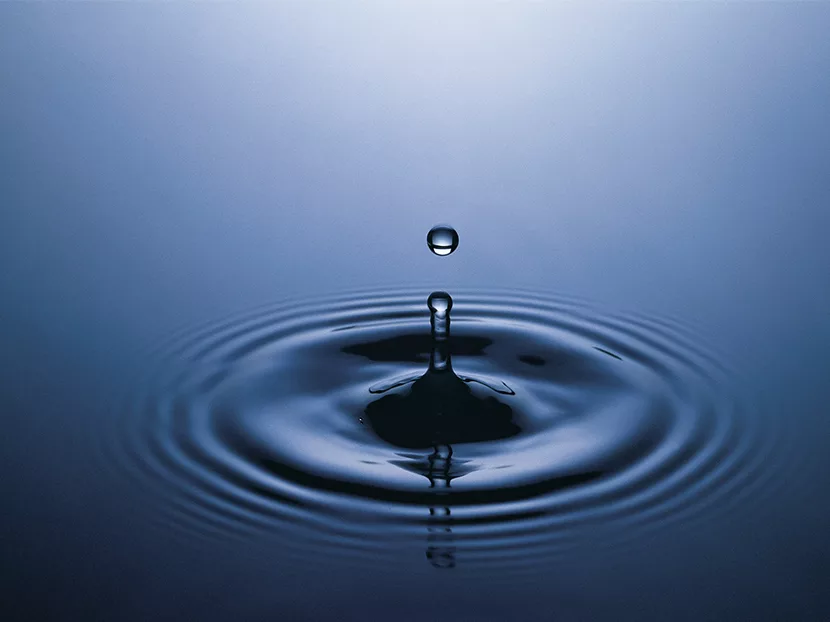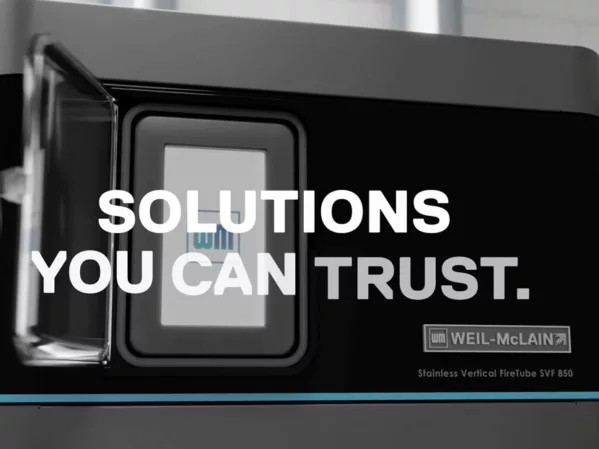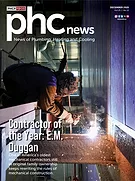Could a low-flow showerhead keep your house from sinking? Depending on the ground? and groundwater below you, water efficiency could increase the stability of your foundation. Plumbing efficiency and civil engineering are more closely related than you may think.
Water is compressible. Technically, a volume of water has a compressibility of 0.000003 /1 psi at room temperature, according to the USGS. This means that even water at the bottom of the ocean, which can be 1,000 times the atmospheric pressure, is compressed less than 1 percent. Effectively, water is considered incompressible under normal, near-surface conditions.
The compression characteristic of water allows us to mechanically move it around the world effectively. Imagine if water had the consistency of Styrofoam; it wouldn’t move through a pipe well. If you added pressure to water and it compacted into a solid, you would have trouble distributing it. This property of H2O makes building a house on top of groundwater possible.
To get a sense for how ground can subside, picture a cross section of honeycomb. It is a series of rigid walls with liquid filling the space between. Now imagine the honey is water and the honeycomb walls are dirt and rock; this is roughly how the ground below us would look with a microscopic cross section.
Now picture that you drained all the honey out of the honeycomb and put weight on top of it. It would squish down without the honey as part of the structure. You would have trouble getting the honey back into that honeycomb. A similar process can happen when you consume groundwater.
The USGS states:
“Land subsidence occurs when large amounts of groundwater have been withdrawn from certain types of rocks, such as fine-grained sediments. The rock compacts because the water is partly responsible for holding the ground up. When the water is withdrawn, the rock falls in on itself. You may not notice land subsidence too much because it can occur over large areas rather than in a small spot, like a sinkhole. That doesn’t mean that subsidence is not a big event — states like California, Texas and Florida have suffered damage to the tune of hundreds of millions of dollars over the years.”
How do we know the land is subsiding? You can survey the land, use GPS or even satellite data. NASA notes: “Interferometric Synthetic Aperture Radar (InSAR) is a satellite-based remote sensing technique that can detect centimeter level land subsidence (and uplift) at high spatial detail. Synthetic Aperture Radar (SAR) imagery is produced by reflecting radar signals off a target area and measuring the two-way travel time back to the satellite.” With this information, NASA found that locations near the California Aqueduct sank over eight inches in four months, at one point. Overall, some Californian water levels are 100 feet below previous record lows.
Subsidence isn’t limited to valleys in California; sinking ground is also an issue near oceans. The Atlantic coast communities experiencing subsidence also increase the impact of flooding and hurricanes.
“More than 80 percent of the identified subsidence in the U.S. is a consequence of human impact on subsurface water, and is an often overlooked environmental consequence of our land and water-use practices,” according to a USGS report.
Not all ground sinking is caused by the extraction of fluids. A slow-moving, natural procedure of ground level drops is caused by rain itself. “Water in the atmosphere can dissolve small amounts of carbon dioxide (CO2). This results in rainwater having a small amount of carbonic acid (H2CO3) when it falls on the Earth’s surface. As the water infiltrates into the groundwater system and encounters carbonate rocks like limestone, it may start to dissolve the calcite in the limestone,” according to a Tulane University study.
As a water table drops, the underground river may become an underground void. This is one way caves can be formed. The process of groundwater mining shifts the underground landscape faster than small amounts of carbonic acid from the rain.
California is currently having a big season of snowpack. Unfortunately, that doesn’t mean the groundwater reserves will fill back up and push the subsided earth back up like a dry sponge being placed on a spilled drink. Years of drought have taxed groundwater supplies for drinking water and agriculture. Some of the 2017 snowflakes in California will filter their way back down to the water table, but maybe not for 1,000 years.
What do we do to fight subsidence Plumbers may not be able to raise the ground below a house in a dry part of California. What they can do is maximize every drop of clean water that enters a building and eliminate leaks. Beyond potentially creating mold issues, those little drips add up to a lot of water wasted.
The USGS has a drip calculator that you can play with on their website. Let’s say ten homes have a faucet that drips five times per minute. That would be 1,735 gallons of water per year. No drip has a small impact.
For engineers, specifying fixtures that use less water makes an enormous difference. WaterSense labeled fixtures have saved 1.5 trillion gallons of water since 2006. This saved consumers $32.6 billion in energy and water costs, according to the EPA. Even shaving a tenth of a gpm off your specified fixtures really adds up.
Water efficiency can reduce the way we tax our water supplies, including foundation supporting groundwater levels. The average citizen may not know what a big difference a well-designed, modern plumbing system can make to their environment. The plumbing community can keep playing a role in minimizing water wastel.






